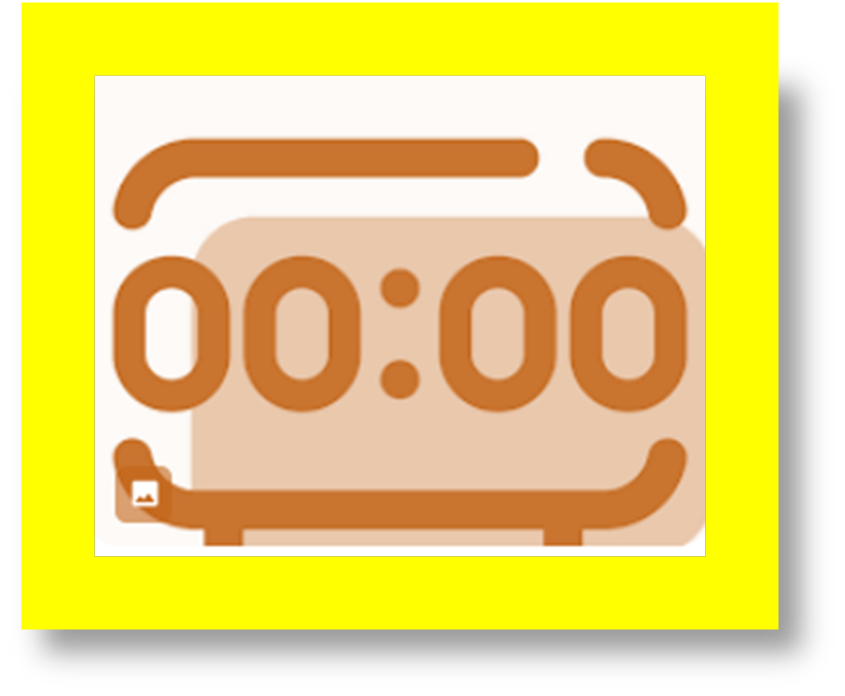Celebrating International Literacy Day individually with a dysgraphic child
- Lalit Kishore
- Sep 8, 2021
- 2 min read
On the occasion of International Literacy Day-2021, Audrey Azoulay, UNESCO Director General, in her message said, "As we celebrate International Literacy Day, UNESCO would like to invite all actors around the world, in the field of education and beyond, to mobilize for the literacy of young people, adults and women. So that they, too, can have the right to dream and be free." Further, UNESCO stressed that literacy was 'an integral part of education and lifelong learning premised on humanism as defined by the Sustainable Development Goal 4. Literacy, therefore, is central to a human-centred recovery from the COVID-19 crisis.'
It may be recalled that 'despite progress made, literacy challenges persist with at least 773 million young people and adults lacking basic literacy skills today.' Of couse a good majority of children with special needs, it is believed. So, I with my experience as researcher and educator at Disha in Jaipur, though of celebrating international literacy day individually with a dysgraphic child and create a write-up for dissemination on the occasion as follows.
"A child with learning disability finds writing futile and neurologically troublesome. Special learning interventions for developing literacy skills of children with dysgraphia requires certain listening, speaking, attentiveness, self-awareness, index-finger fine motor development and facial expression skills to be developed as pre-literacy skills.

There is need for readiness interventions courses to help children who struggle with dysgraphia. Not only that, even if such children are able to write slowly but they even have difficulties in verbalization by missing certain words while reading since they require to helped through phonic method.
They require five kinds of interventions as follows as revealed by the working on a dysgraphic child on September 8 - international literacy day in 2021 (see inset collage)
-Learning readiness or adapted pre-learning skills such as visual and gesture literacies
-Accommodation with special learning environment, pace of learning and learning material as per the existing strength
-Compensation through individualization
-Remediation and correction tasks
-Deep-learning and over-practice through frequent revisions and home support
Encourage proper posture and positioning for created hand written mateial for reading by using ergonomics. Also, create early literacy material that involves multi-sensory techniques for learning letters, shapes and numbers.
Demonstrate written structures through modelling, such as describing how letters are written such as speaking through motor sequences as you write for the child to ingrain their structure, standing line, sleeping line, slant line, circle, half circle, pointed lines. Carry out all activities by being patient, positive, encouraging and praises for making effort."




Comments